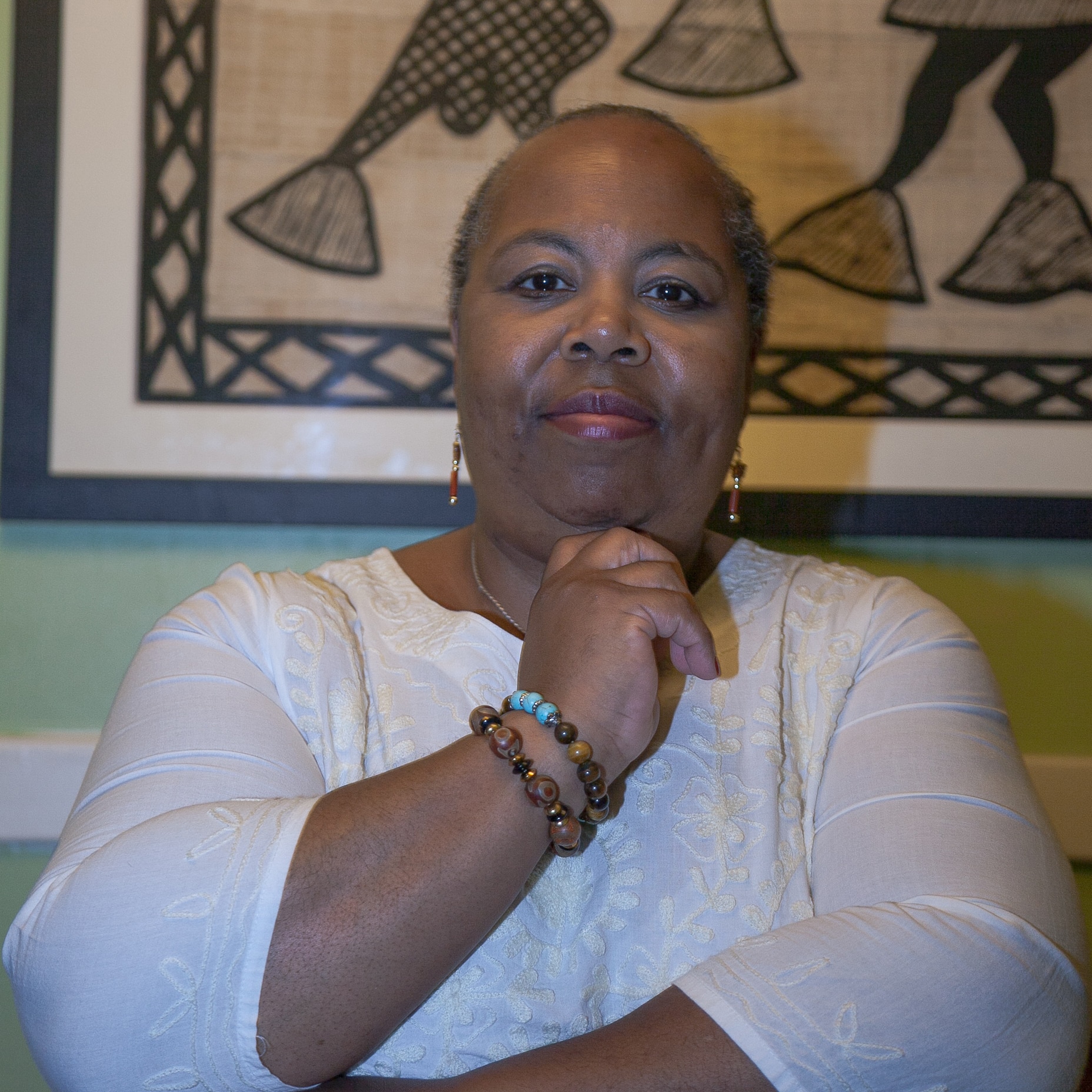An interview with Dr. Jessica Trounstine
Jessica Trounstine experienced the repercussions of segregation as a middle-school kid in San Jose, California. Her hometown was subject to a court-ordered desegregation program, and she and some of her friends were sent to a school largely populated by students of color.
“We were basically the first group of white kids integrating this school,” she said, describing herself and her friends as outsiders who weren’t welcome socially. “It was a very challenging experience for me as an 11-year old kid. I’m sure that experience played a role in my understanding of equality and inequality in the world.”
Trounstine’s early research on local electoral politics and, recently, on segregation has focused on power distributions and inequities in local political systems, echoing some of the themes that played an important role in shaping her early life.
In her newest book, Segregation By Design, Trounstine, a professor of Political Science at the University of California, Merced, argues that segregation is the intended consequence of municipal land use and development policies, which dictate who lives where and who gets what. It’s not just the result of individual choices.
“Zoning was enacted by political elites seeking to manage the distribution of public goods to their core supporters,” she notes in the book. Her research shows how cities segregated access to public goods like schools, clean water, and sewer systems. That makes clear it’s no mistake that neighborhoods dominated by white property owners receive premium city services and attention while residential areas where people of color live are neglected.
“For more than 100 years, the winners in this process have been white property owners and their allies,” she points out in Segregation by Design. “The losers have been people of color and those at the margins of economic stability.”
Trounstine recently sat down with Shareable contributor Tina Jenkins Bell to discuss how policies adopted more than a century ago in some cases have shaped our cities as well as how today’s housing crisis is linked to land-use policies that intentionally promoted racial segregation.
Tina Jenkins Bell: What was the genesis of Segregation by Design?
Jessica Trounstine: I wanted to write about the inequality in access to government services at the local level. The reason we have inequality in access to public services is because of segregation. I’ve been interested in a lack of representation and inequality in various forms for basically my whole career.
What kind of impact would you like the book to have?
I hope it will allow people to see the role they play in institutional racism, even if they don’t believe they are making racist choices. Residential segregation is affected by the politics and policies that cities make. People will argue they are race or class neutral, but that’s almost never the case.
I interviewed an administrator from a city here in California, which is not in the book, but they were planning to put a whole bunch of low-income apartments — public-supported affordable housing units — right next to downtown near the railroad tracks. Sounds like a cliché, but it’s completely true. I asked him, “Why are you going to place all of the affordable units into this very narrow strip of land that’s near the train tracks and downtown?” He said, “It’s just [more] efficient to run the big sewer lines to one location rather than to have them go to different places all around the city.”
That was a perfectly reasonable sort of administrator thing for him to say, but then I pointed out that the result of that was going to be segregation. I hope what this book does is present to people an understanding of the ways that they are making a choice. If they are making a choice to run water/sewer lines to one section of the city, then they’re making a choice to generate segregation.
Can you discuss the idea that segregation is solely a product of white preferences and discriminatory practices?
Racist views on the part of white residents drive a lot of the patterns that I talk about in the book. Imagine a little city where we have tons of different kinds of housing — small and large houses, apartments, and condos, all mixed together — along with a group of black residents and a group of white residents. Now, maybe the white residents say, “We don’t want to live next door to the black residents,” so they all move to one part of town. That could create segregation, just on the basis of white residential housing preferences.
Maybe some of the black residents say, “We don’t like the state of affairs. We want to move into the neighborhoods where the white people have escaped to.” Nothing stops our black residents from moving into these neighborhoods. But what if the city gets involved to protect white property owners and make it difficult for black residents to move into the white neighborhood by zoning only for big, expensive houses and prohibiting construction of apartments or affordable housing.
For the area with the large homes, the city could direct premium public goods and services, such as excellent schools, dependable public works, and beautiful parks. These things have been done historically. Cities have engaged in the creation of laws and policies that make it difficult for people of color to move into white neighborhoods. If you took away the land use regulations, we would have lower levels of segregation.
How has the housing crisis been shaped by municipal segregation policies?
Enormously so. One of the fundamental drivers of the housing crisis is we simply don’t have enough housing and particularly at the lower end of cost distributions. We have lots of houses for the very wealthy people and some houses for the middle class. But we have very little housing available for people who don’t make that much money. Why? Because of city laws, land-use policies have been created by people who want to create segregation.
California is the perfect example. Segregation is much easier to generate if you don’t build new housing. If you don’t build new housing where people who are poor or have less access to wealth can move into your neighborhood, then you maintain the (preferred) demographics. The desire to create segregation generates the housing crisis.
If the housing crisis is man-made via policies, can the situation be improved by changing those policies?
Cities decide not to build enough houses, not because there is something wrong with the market but because city policies make it difficult to create affordable housing. Situations created by policies can also be undone by policies.
How would you suggest reversing, diminishing, or eliminating segregation, particularly as it pertains to the current housing crisis?
The short answer is we don’t really know what will ultimately fix or prevent segregation. We can say that there are some laws and institutions in place that seem to reduce patterns of segregation. We also know when you have more diverse housing stock and less fragmented governments, segregation tends to be lower. One very simple answer is to make sure all neighborhoods have housing stock that is available for people at all points in the income distribution. Small places that people rent or buy. Large places that people can rent or buy. Having diversity of housing stock is a component in lessening segregation, but it’s not a silver bullet that will fix all the problems.
Can upzoning to allow additional units make a difference?
Creating denser housing would help a lot of things. Most of our big cities should be more dense, particularly on the west coast. So, the problem with upzoning is it often occurs in places that are already somewhat dense and the most exclusive low density places are allowed to remain low-density and exclusive. That will just exacerbate segregation. So, what needs to happen is the most exclusive low-density places also need to be upzoned, and you need to make it possible to build denser housing in single family home communities to reduce segregation. Obviously, politically, that’s a very hard battle to fight.
What do you think about Minneapolis’ decision to expand single family residential areas to include multi-family housing?
[It] is a great opening move to allow triplexes to be built everywhere in the city. It remains to be seen whether or not triplexes will get built in all areas of the city. My experience has been that neighborhoods that really want to block densification have many ways of successfully doing it. So, it’s an excellent opening move, but whether or not it’s going to actually rectify some of the problems (racial disparities, lack of affordable housing, and limited or no access to transportation hubs and therefore limited access to job opportunities) that it’s trying to address we’ll have to wait and see.
How can we eliminate racial and housing disparities?
If I had a magic wand, I would build more housing and make sure everyone had access to it. I would provide massive housing subsidies and prevent landlords from refusing those vouchers.
Do you mean like Section 8?
Yes. An expansive Section 8 program that provided access to housing vouchers to anybody (regardless of their income level). The big problem with Section 8 vouchers is: one, they only go to the lowest income members of the community; and two, that landlords don’t accept them. So, we need to fix both of those problems if we want a housing subsidy program to be successful. We would need to give housing vouchers to, not only the poorest members of a community but also those who are struggling to find housing.
Do you see a light at the end of the tunnel?
We are in a particular moment where people recognize their contributions to the public policies that make the segregation. There’s a significant segment of the population that seeks integration and a reduction in harmful practices. The housing crisis is making this an even more opportune moment. People are paying attention to the lack of housing, and we’re seeing movement on getting more housing built — not everywhere and the most progressive legislation in California has not succeeded in passing. Still, we are talking about it more than they were 10 years ago when I began working on this book. That’s for sure.
##
This post is part of our Fall 2019 editorial series on land use and housing policy challenges and solutions. Download our latest FREE ebook based on this series: “How Racism Shaped the Housing Crisis & What We Can Do About It.”
Or take a look at the other articles in the series:
- Zoned apart: How the US failed to share land but should start today
- Timeline of 100 years of racist housing policy that created a separate and unequal America
- How pro-density advocates in Minneapolis took on single-family zoning — and won
- Bringing equity to the forefront of urban planning
- How some cities are looking to in-law units to ease the housing crunch and build more diverse neighborhoods
- Can zoning reform undo “50 years of bad policy?”
- How to ease the US housing crisis? Import strategic policy from abroad
- Cities at turning point: Will upzoning ease housing inequalities or build on zoning’s racist legacy?
- Author Richard Rothstein calls for new civil rights movement to address housing scarcity and injustice
- 8 must read books on US land use and housing policy









